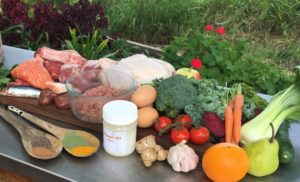
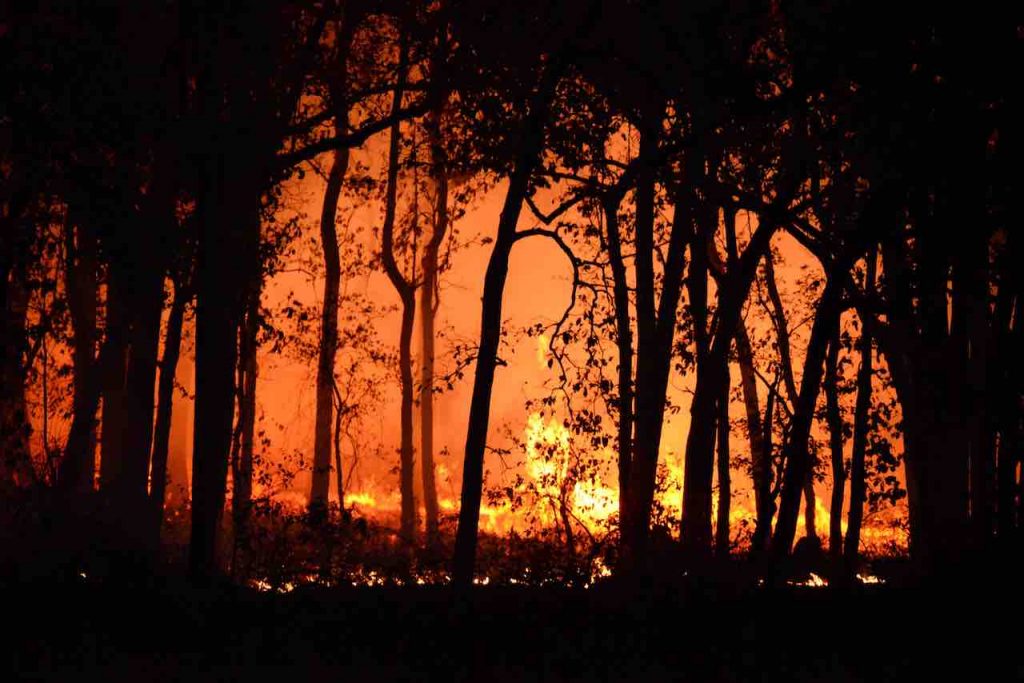
For the safety of ourselves and our pets it is vital we are bushfire ready and have plans in place to keep our pets safe during an emergency.
Mel Taylor is a Researcher with the Bushfire and Natural Hazards Cooperative Research Centre and has provided her top tips on ensuring you and your family are indeed bushfire ready.
Understand your level of risk and make a plan for all of your family, including your animals. It is also important that you then discuss your bushfire ready plan with your family, friends and neighbours, should you need to call on them to assist.
Planning ahead is key to being bushfire ready, as when you are under pressure it is not the best time to make a decision.
Make sure your dog and cat’s microchips are up to date and are wearing an ID tag on their collar, as well as labels with your contact details on their carriers. Other animals such as horses and cattle have their own methods of ID so make sure they are up to date as well.
If you are in an area prone to bushfires, flooding or other threats, always have an emergency kit already for each animal with key items including food and water, bowls, medications, vaccination certificates, bedding, and an animal first aid kit ready.
You should always have extra emergency supplies on hand for you and your animals such as food and water, a torch, radio and extra batteries.
Know your emergency contact numbers. Talk to neighbours or nearby friends who could help care for your animals and possibly evacuate them if you are not home at the time of an emergency or provide emergency accommodation.
Clearing the property of any hazards is essential and if possible, larger animals such as goats and horses need a safer place prepared on your property where they can be relocated to away from danger, and relocated as early as possible.
If you may need to evacuate your home, then leave with your animals as early as possible to reduce the stress for them and for you.
Consider accommodation options for your animals ahead of time and prepare for a range of scenarios. Look further afield than your local area and consider friends and family you could stay with and whether they can provide for the needs of your animals
Animals can sense danger and their fight or flight response may cause them to try to run away, be difficult to handle or be aggressive with people or other animals.
Carefully consider the individual needs of each of your animals, including their temperament, and any behavioural or health issues, and plan for them accordingly.
Ensure that you contain and secure your animals early, otherwise they may panic and run away while you are getting organised to evacuate.
Contain your smaller animals in one room of the house. Make sure your animal emergency kit is easy to access. Provide animals with adequate food and water and make sure these are in non-spill containers.
Where possible limit your animal’s exposure to bushfire smoke.
For further information to ensure you are bushfire ready check out the RSPCA information here.
Thanks to PETstock Assist, over $250,000 has been raised for the Australian Bushfire Appeal so far in 2020. To find out more about their work in helping pets and people in need, click here.

Tips for preparing a raw food diet for your pet

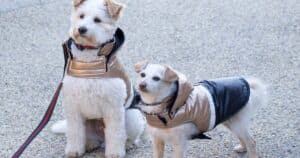
Winter safety for dogs – Top Tips

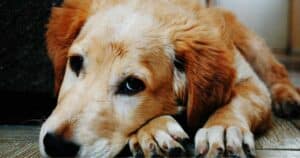
Bladder Stones in Dogs and Cats
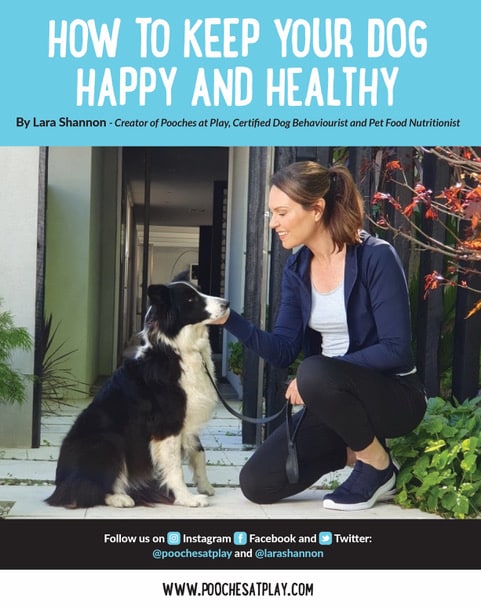
Receive a FREE copy of the E-Book “How to Keep your Dog Happy & Healthy”


Get your paws on Lara Shannon’s best selling books ‘Eat, Play, Love (your dog) and World of Dogs.
Available in Australia, USA, UK and Canada.